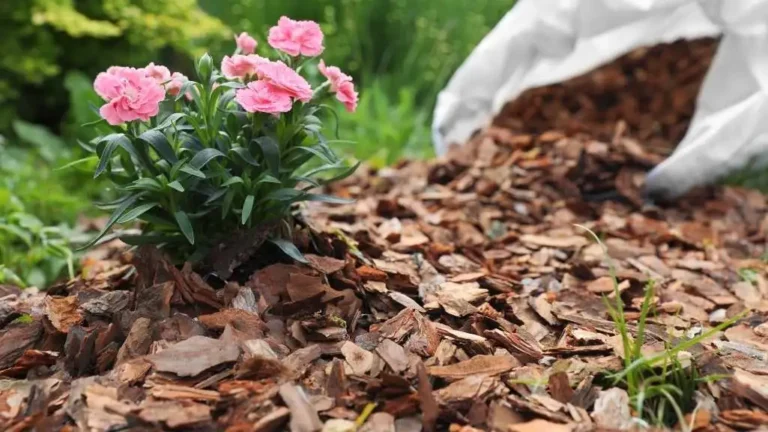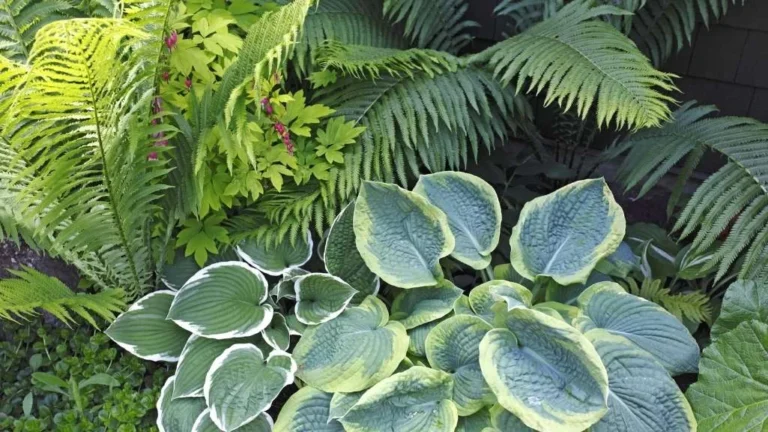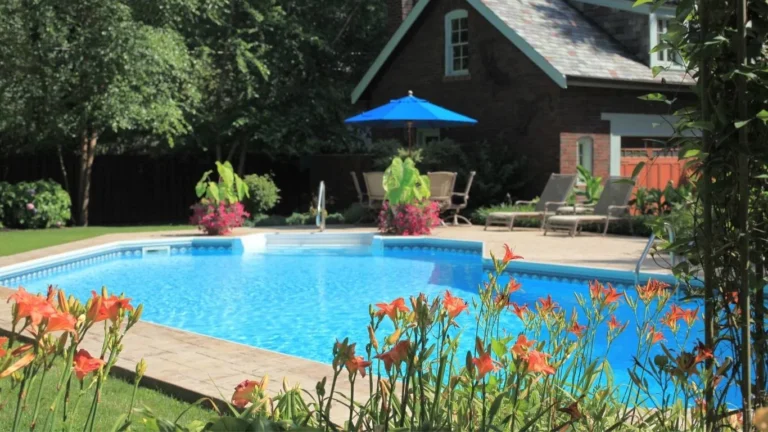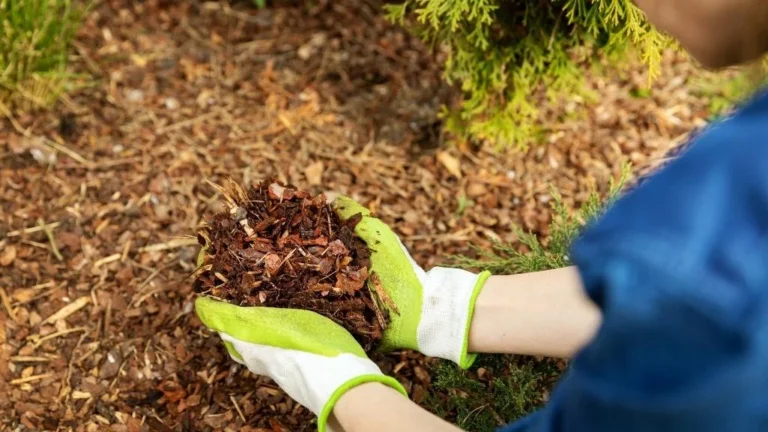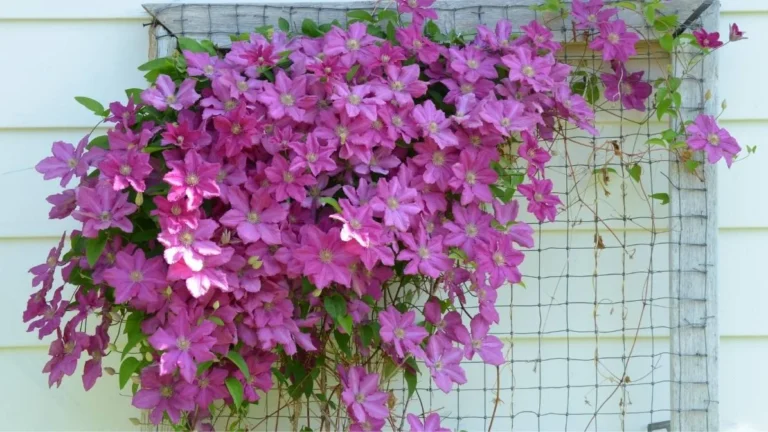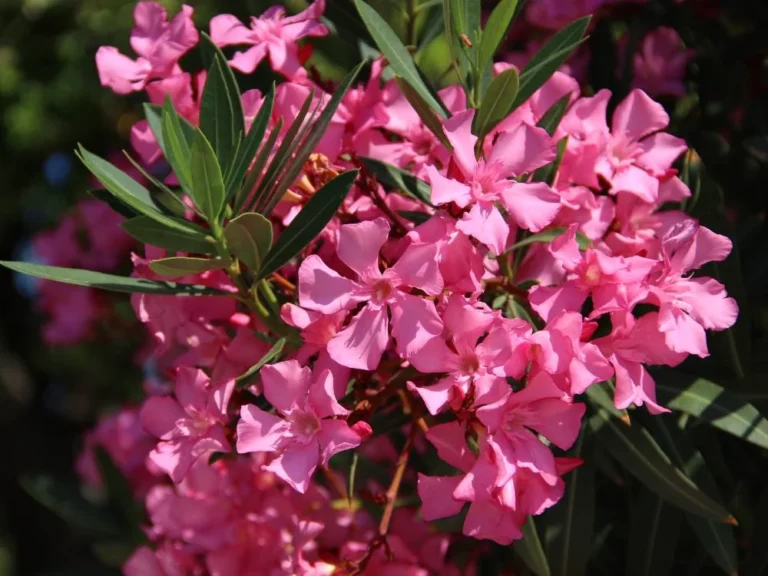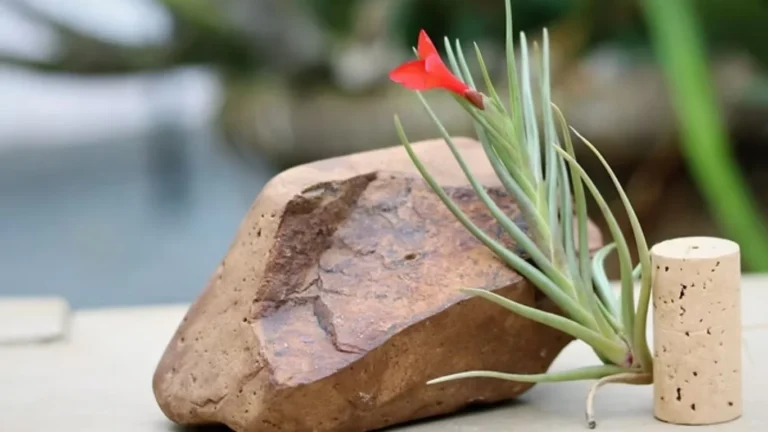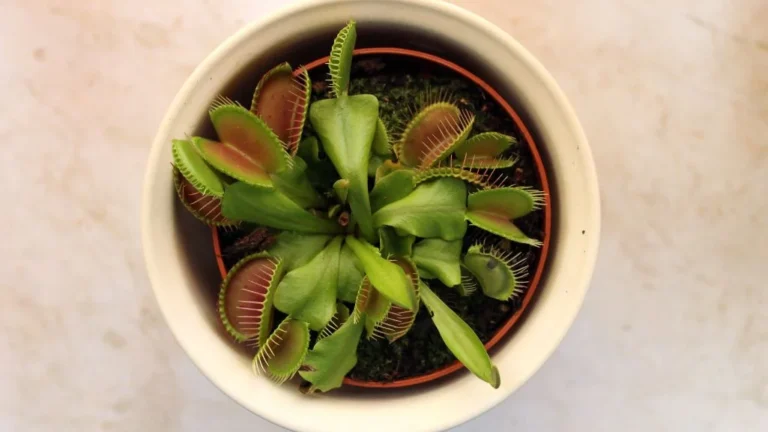Kalanchoe, At a Glance
Scientific name | Kalanchoe blossfeldiana |
Family | Crassulaceae |
Native | Madagascar, Southeast Asia, and China |
Hardiness Zone | USDA Zones 9 to 11 |
Plant Type | Succulent |
Bloom time | Late winter to spring |
Caution: Some varieties of Kalanchoe are toxic to humans and pets.
How Kalanchoe looks
Leaves
Kalanchoe has thick, fleshy leaves emerging from its thick, woody textured stems that store water. Typically, kalanchoe leaves are paddle-shaped, but the leaf’s shape, size, and texture can vary significantly between species. Some Kalanchoe species have smooth, glossy leaves, while others have fuzzy or velvety textures.
Flowers
Kalanchoe is mainly known for its colorful, long-lasting flowers. The flowers typically grow in clusters or panicles at the tips of stems. The tiny flower can be tubular, bell-shaped, star-shaped, or rounded, with four petals arranged symmetrically. Flowers of this plant can be found in different colors ranging from red, orange, yellow, pink, purple, and white. Some varieties even feature bi-colored or multi-colored blooms, adding extra visual interest.
Height
This plant’s height varies depending on its species and cultivator. Some species, like Kalanchoe blossfeldiana, typically grow to around 12-18 inches (30-45 cm) in height. On the other hand, species such as Kalanchoe beharensis can grow much taller, reaching several feet (over 1 meter) when mature.
Types of Kalanchoe
Popular types of Kalanchoe include Kalanchoe blossfeldiana, Kalanchoe tomentosa, Kalanchoe daigremontiana, Kalanchoe pinnata, Kalanchoe thyrsiflora, Kalanchoe beharensis, Kalanchoe luciae, Kalanchoe marmorata, Kalanchoe fedtschenkoi, and Kalanchoe manginii. Each variety offers unique features, from vibrant flowers to distinctive foliage, making them versatile and appealing indoor and outdoor gardening choices.
Kalanchoe Requirements
Requirements for kalanchoe at a glance
Elements | Requirement |
Sunlight | Bright, indirect sunlight |
Temperature | 65°F to 85°F |
Humidity | 40-60% |
Soil pH | 6.0-7.0 |
Soil mixture | Well drained |
Container | Ensure drainage holes |
Water | When the soil dries out completely |
Fertilizer | Once a month during summer and spring |
Note: The soil pH level indicates how acidic or neutral the soil is. On a scale of 1 to 10, with 7 indicating neutrality, a pH value less than 7 indicates acidity, while a value greater than 7 indicates alkalinity. Kalanchoe requires slight acidity to neutralize soil pH.
Mix the Soil Properly
Kalanchoe roots are susceptible and require well-drained soil. The ideal potting mix of kalanchoe contains
- Coarse sand for improving drainage,
- Vermicompost for adding nutritional value,
- Perlite for improving aeration,
- Coco-coir (in small amounts) so the soil does not dry out quickly.
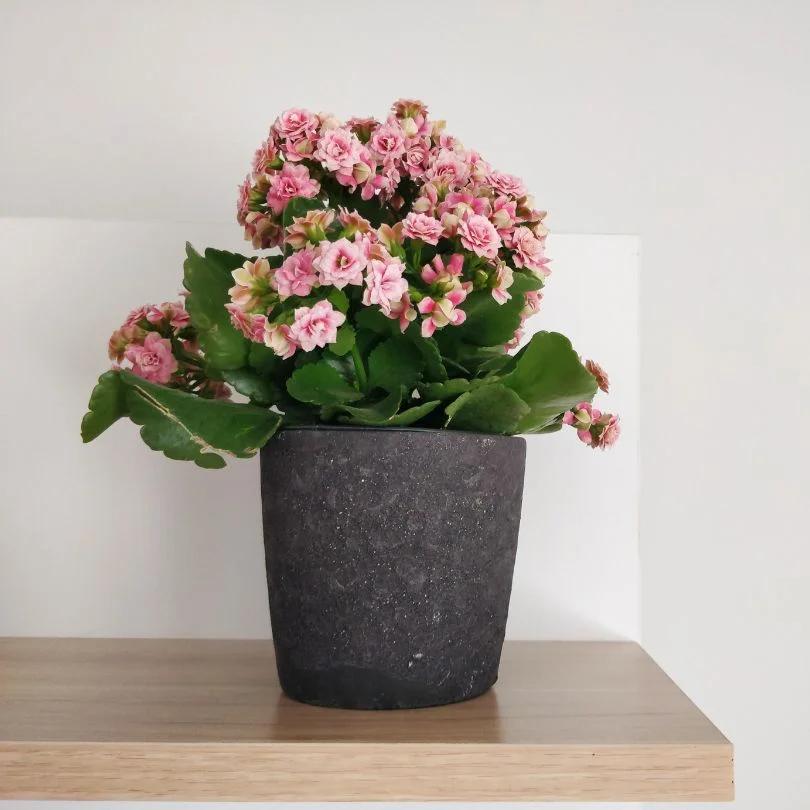

Choose the Right Container
Kalanchoe plants have shallow, fibrous, and succulent-natured roots. The roots are adaptive to water absorption and also hold water in them. So, when choosing a container for kalanchoe, consider the following factors.
- The size of the container/ pot should be 2-3 inches bigger than the current root system.
- Kalanchoes have thin, fibrous roots that can quickly rot if they stay in water too long. So, to ensure the plant doesn’t sit in water, drainage holes must be under the container.
- Containers made of ceramic, plastic, or terracotta are suitable for Kalanchoes. It’s important to note that plastic pots retain more moisture compared to ceramic or terracotta pots. So, I recommend keeping the kalanchoe plant in a clay or terracotta pot, reducing the chance of waterlogging.
How Much Sunlight Kalanchoe Needs
Kalanchoe plant requires bright, indirect light. By giving the optimal amount of light, kalanchoe thrives and blooms.
- Ensure the plant gets 5-6 hours of light. Place the plant beside a north or west-facing window in an indoor environment. Soft morning sunlight is fine for this plant.
- Avoid putting it in direct sunlight at midday. This may burn the plant. Keep the plant in a partial shade during the hottest day.
- When the sun’s heat is less intense in winter, move the plant closer to the window.
- Kalanchoe doesn’t thrive in low light conditions; in that case, place the plant under a grow light.
When &How to Water Kalanchoe
Kalanchoe is a succulent that stores water in its thick, fleshy leaves, tolerating infrequent watering. Water the plant when the soil dries out completely, which for me is usually every ten days. However, the water needs for any plant depend on factors such as temperature, humidity, lighting, soil mix, and container material.
To decide if your plant needs water, perform the finger dip test or use a moisture meter. For the finger dip test, insert your finger into the soil; if the soil sticks to your finger, wait to water the plant. If not, it’s time to water.
Fertilizer for Kalanchoe
Kalanchoe needs fertilizer for its proper growth and bloom. During its growing time (summer and spring), once a month, fertilize the plant with a nitrogen-based water-soluble fertilizer such as NPK (nitrogen, potassium, phosphorus) 10-10-10 or a specific fertilizer for cacti or succulents. It’s better not to put fertilizer in during winter as plants go into dormancy in winter. Kalanchoe roots are delicate, so dilute the fertilizer to half its strength before putting it on the soil.
When & How to Repot Kalanchoe
Kalanchoe needs repotting; when the plant is root-bound (roots growing out of the drainage holes), the soil dries out too quickly or looks top-heavy and unbalanced. Typically, kalanchoe needs repotting every 1-2 years.
- Repot in spring or early summer, during the growing season. Avoid repotting during the dormant winter months.
- Choose a container 1-2 inches larger than the current one, and prepare the potting mix according to the earlier instructions.
- Water the plant thoroughly before the day of repotting to make removal easy.
- After repotting, thoroughly water the plant and keep it in a stable environment.

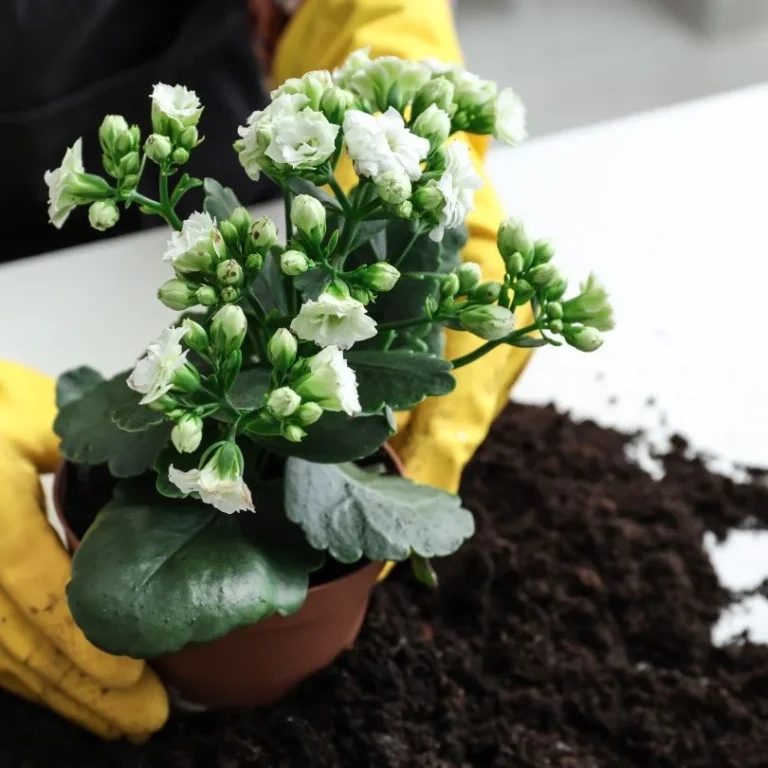
Prune to Thrive
Pruning Kalanchoe involves removing spent flowers and leggy growth to encourage fuller and healthier growth. Regular pruning helps maintain the plant’s shape and promotes more blooming.
- After the blooming period, trim off dead or dying flowers at the base to prevent the plant from wasting energy on seed production.
- If the plant becomes leggy or overgrown, cut the stems by about one-third, just above a leaf node. This encourages the plant to branch out and become bushier.
Protect Kalanchoe from Pests
Kalanchoe plants can be susceptible to several common pests, including aphids, mealybugs, and spider mites.
- Aphids: Small, sap-sucking insects often appear in clusters on new growth.
- Mealybugs: These pests look like tiny cotton balls and can be found on the leaves and stems.
- Spider Mites: These tiny pests create delicate webs on the plant and cause sprinkling on the leaves as they feed.
Inspect the kalanchoe to prevent these pests. After finding any pests, remove them by wiping the leaves with a cotton swab dipped in rubbing alcohol or using insecticidal soap or neem oil.
Dealing with Other Common Issues
Leaf yellowing and breaking easily
These are the signs of overwatering. Kalanchoe does not require too much water, so water the plant when the soil dries completely. Overwatering can also cause root rot, which can kill the plant. So, check the soil if it’s too soggy, then immediately repot the plant with new dry soil.
Droopy, wrinkled, and soft leaves
When the plant is under-watered it shows the above mentioned signs. Though kalanchoe is a succulent, it needs water. Water the plant when the soil dries out. Don’t wait for too long after the soil dries out.
Leggy growth
Leggy growth indicates that the plant is not getting enough light. Keep it in a bright place.
Crispy and brown edges of leaves
This issue occurs due to too much sun exposure to the plant. This plant loves sunlight, but too much direct sunlight is a problem. Keep it in a place where it gets bright, indirect light.
Leaf dropping
Kalanchoe leaves drop because of cold temperatures. When the temperature drops below 50 degrees Fahrenheit, bring the plant indoors and maintain a warm environment.
Propagation Process of Kalanchoe
Propagating kalanchoe is a straightforward process that can be done through stem cuttings, offsets, and leaf cutting. Here’s a step-by-step guide for each method.
Stem cutting
- Select a healthy stem with several leaves.
- Cut a 4–6-inch stem section using a sterilized knife or scissors.
- Cut the leaves from the lower half of the stem cutting.
- Now put the cutting into a well-drain potting mix, burying it about an inch deep.
- Water sparingly, keeping the soil just moist until roots develop.
- After a few weeks, the cutting should start to root and show new growth.
Offsets
Kalanchoe grows small off-shots at the base of the mother plant. Separating the off-shots from the mother plant is another way of increasing the number of plants.
- Look for small offshoots or “pups” growing at the base of the parent plant.
- Gently remove the plant from the container and then carefully remove the offset, ensuring it has some roots attached.
- Plant the offset in a small pot filled with well-draining potting mix and place the mother plant in its container.
- Water lightly to settle the soil around the roots.
- Keep the offset in a bright, indirect light location and water sparingly until it establishes itself.
Leaf-cutting
- Choose a healthy, fresh, undamaged, matured leaf from a matured mother plant.
- Separate the leaf from the stem by twisting or cutting using a knife.
- Lay the leaf on a well-drained potting mix.
- Lightly mist the soil occasionally to keep it slightly moist.
- New roots and plantlets will develop in a few weeks.
- Once the roots get established, transplant the new plantlets into individual pots.
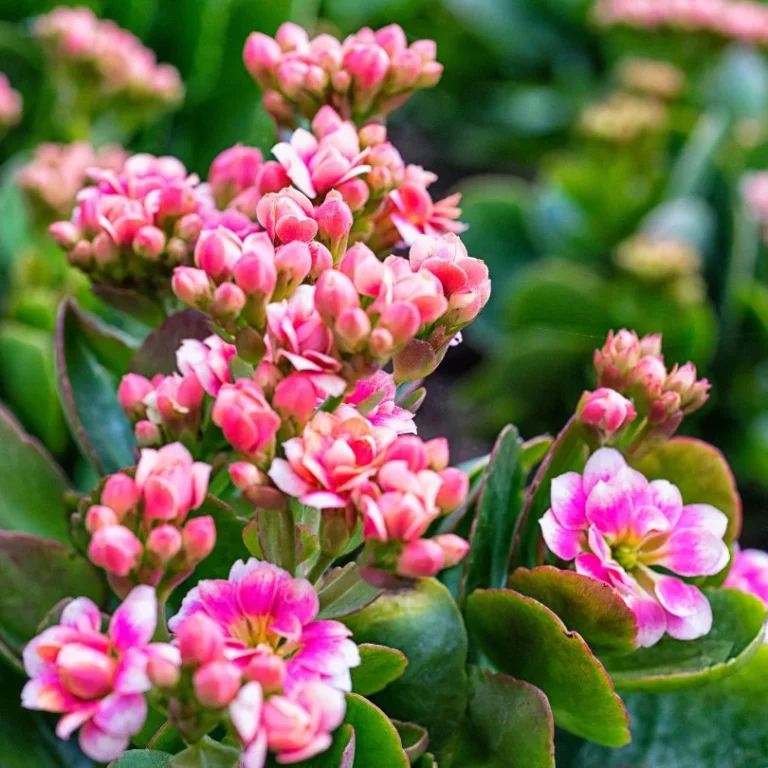

How to get Kalanchoe to bloom?
Kalanchoe blossfeldiana’s main attraction is its long-lasting beautiful flower. To encourage kalanchoe to bloom more, follow these steps:
- Ensure the plant receives bright, indirect light. 3-4 hours of direct sunlight daily can also help promote blooming.
- Water the plant thoroughly, but allow the soil to dry between waterings. Avoid overwatering, which can lead to root rot.
- Maintain temperatures between 60-85°F (15-29°C). Avoid exposing the plant to temperatures below 50°F (10°C) and protect it from cold drafts.
- Feed the plant with a balanced, water-soluble fertilizer diluted to half strength every month during the growing season (spring and summer).
- Remove spent flowers and trim leggy growth to encourage bushier growth and more blooms.
- Provide a rest period in the fall by reducing watering and keeping the plant in a cooler location (around 55°F or 13°C) with minimal light for about six weeks. To encourage blooming, ensure the plant gets 14-16 hours of uninterrupted darkness each night at this time. This mimics the natural dormancy period and can help trigger blooming.
Tips for Kalanchoe
- Put phosphorous-rich fertilizer to encourage more bloom.
- Remove any spent, wilted, or faded flowers so that the plant spends energy on more blooming rather than seed growth.
Frequently Asked Question
Is a Kalanchoe plant suitable for indoor or outdoor growing?
A Kalanchoe plant is suitable for both indoor and outdoor growing. It needs a bright spot with indirect sunlight and thrives in well-draining soil. It can grow well outdoors in warm climates with plenty of sun. Bring it inside if the temperature drops, as it doesn’t handle frost well.
What to do with a Kalanchoe after it blooms?
After flowering, the spent flowers of the Kalanchoe should be trimmed off to maintain the plant’s neat appearance and to encourage new growth. Reduce watering slightly as the plant enters a resting phase and place it in a bright spot with indirect light.
How to grow kalanchoe from seeds?
To grow Kalanchoe from seeds, sow them on the surface of well-draining succulent soil in a bright location with indirect sunlight. Keep the soil lightly moist until seeds germinate in about 2-3 weeks. Transplant seedlings as needed, gradually acclimating them to more sunlight and watering sparingly.



